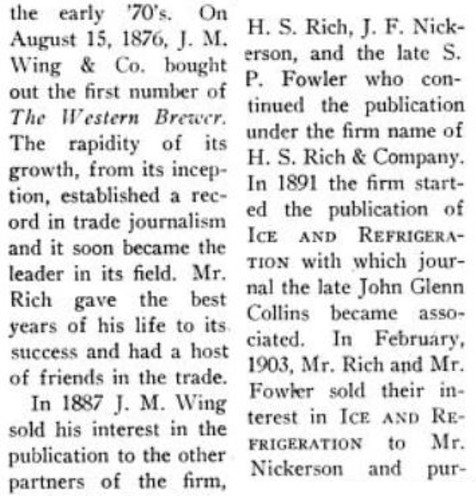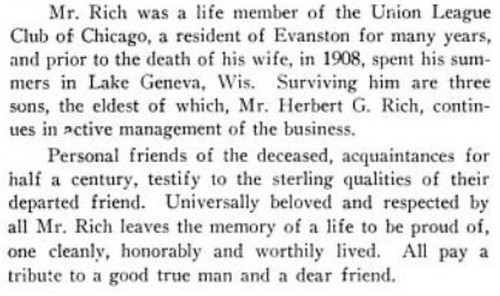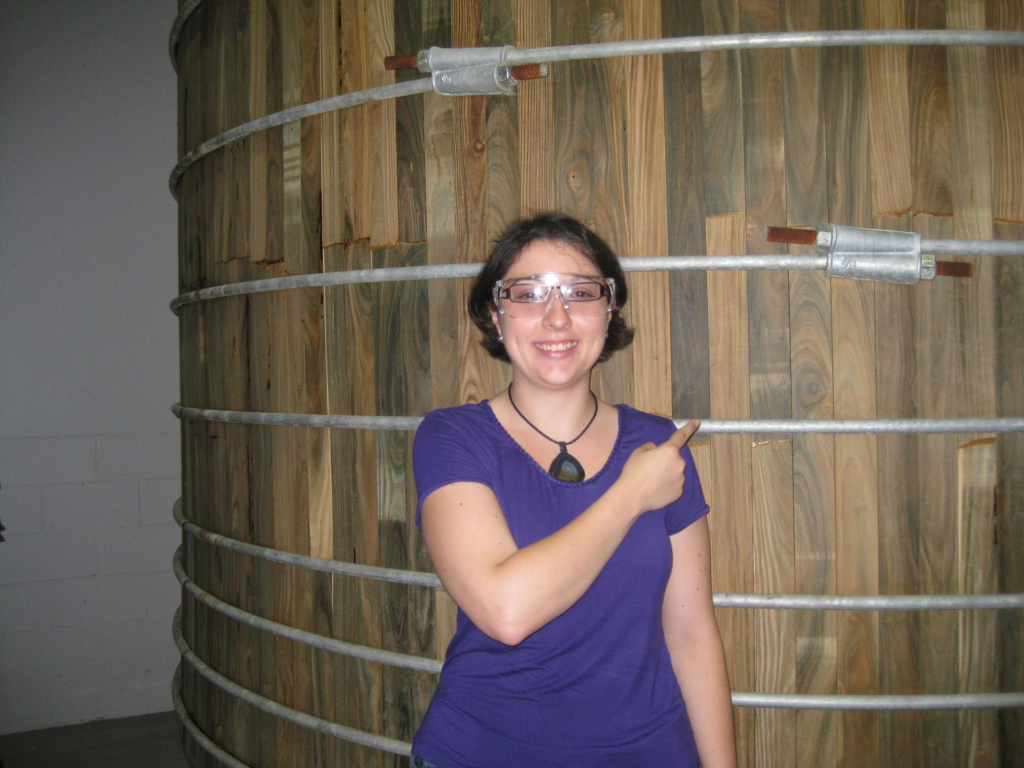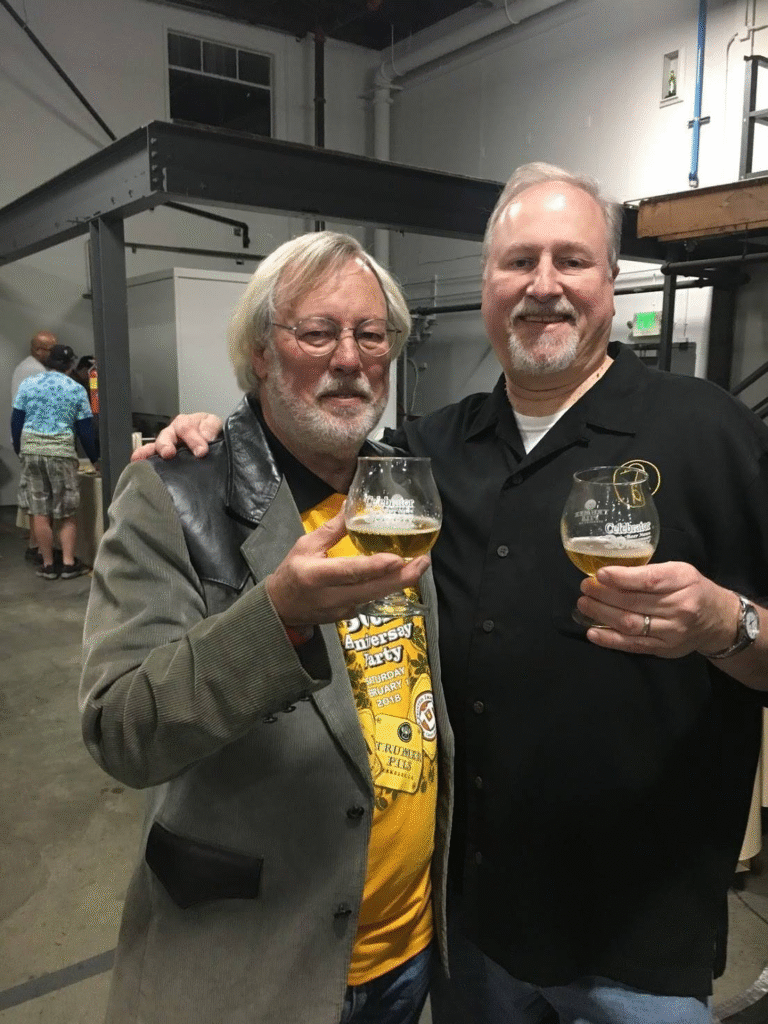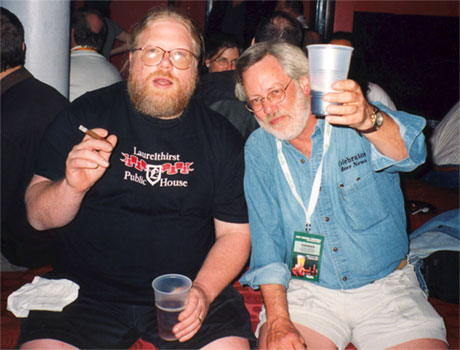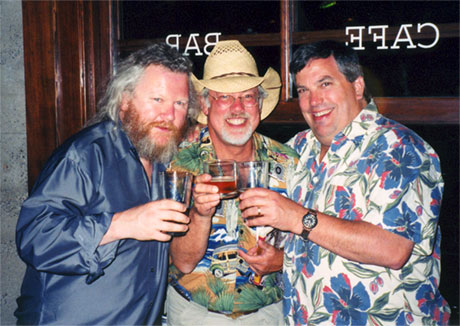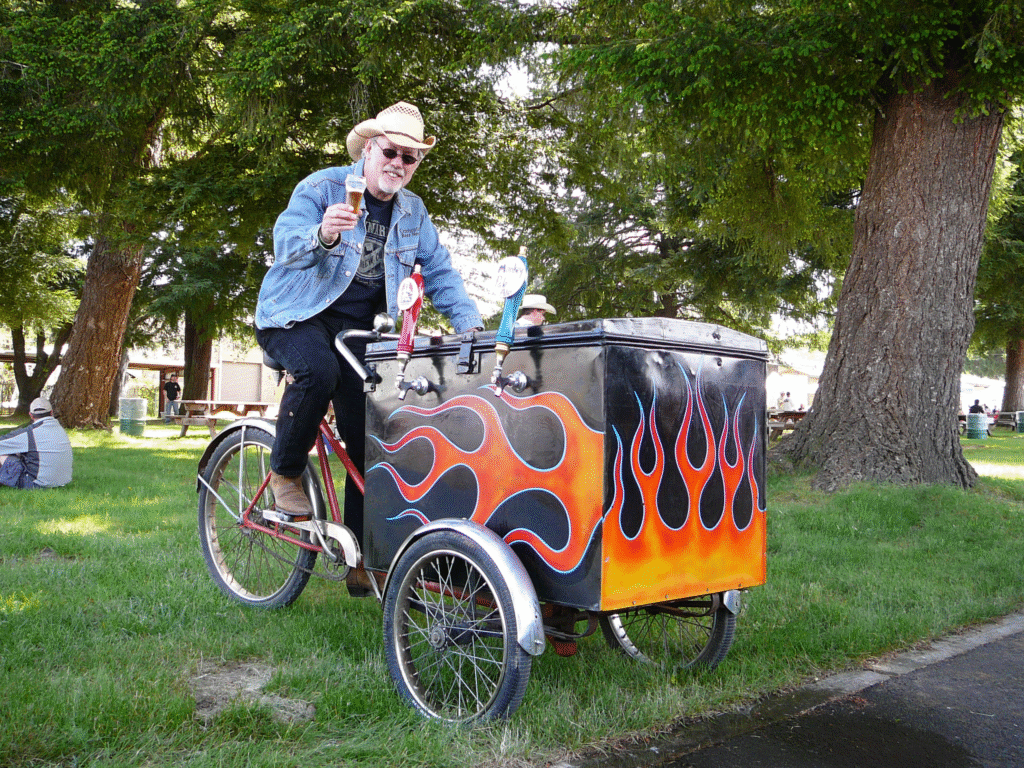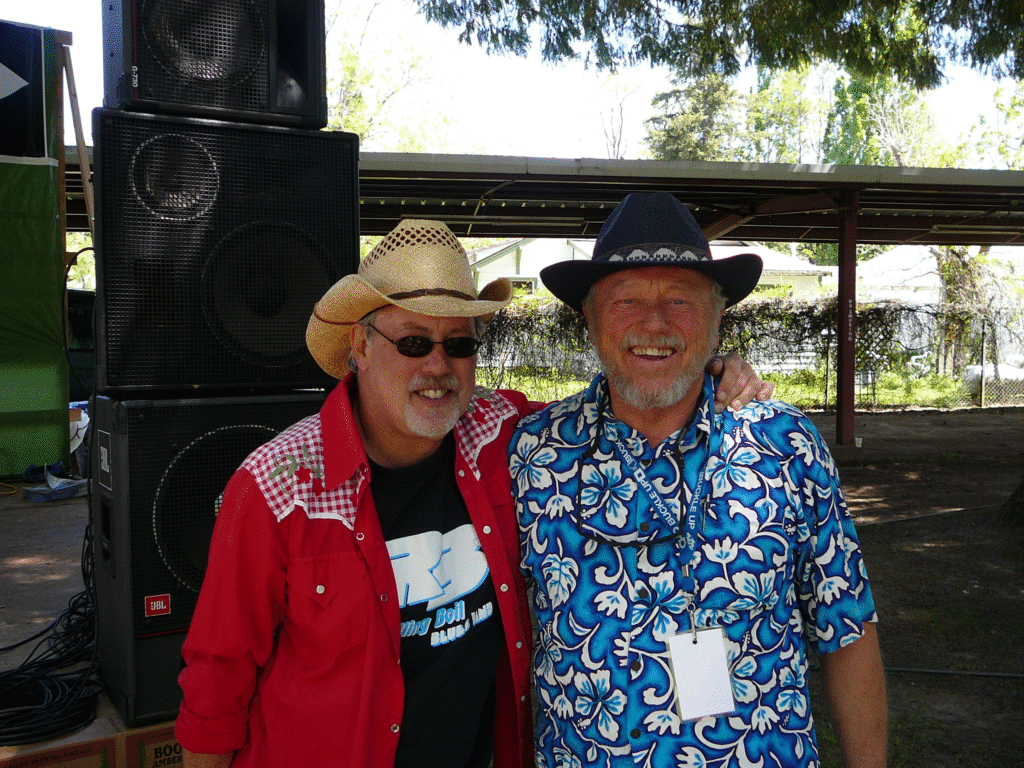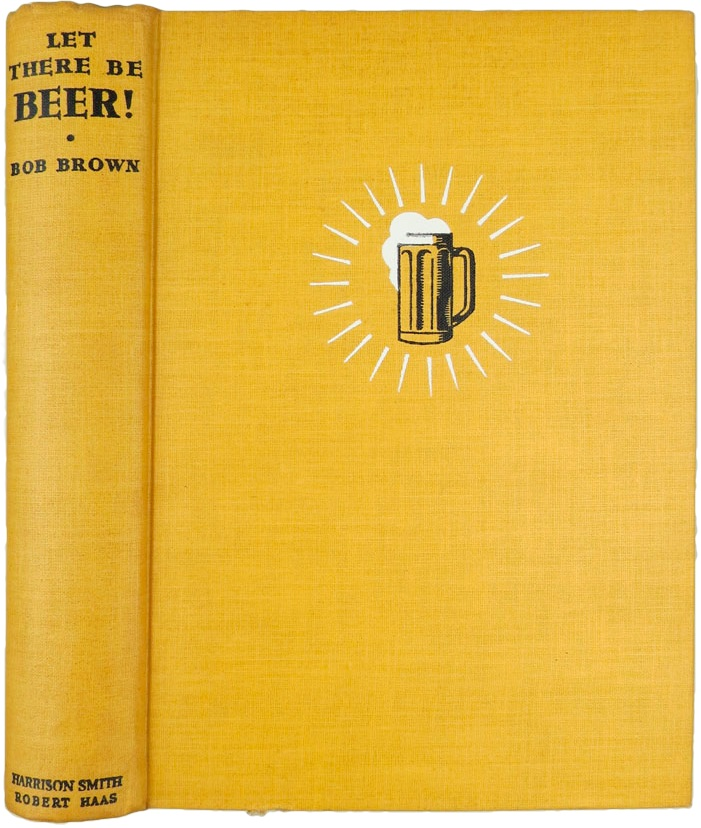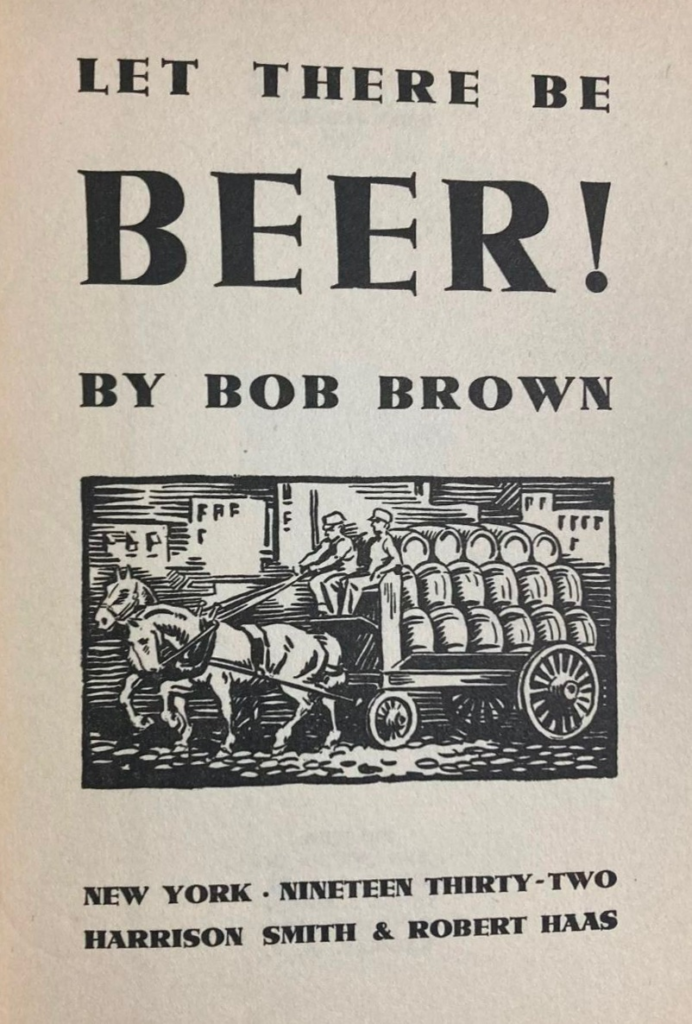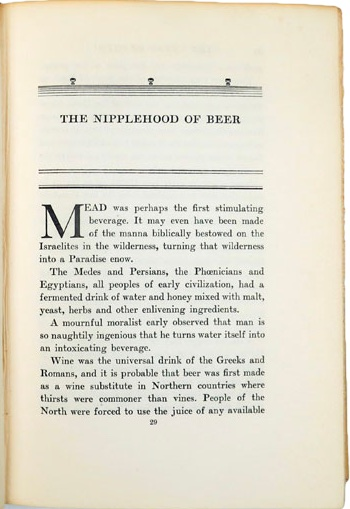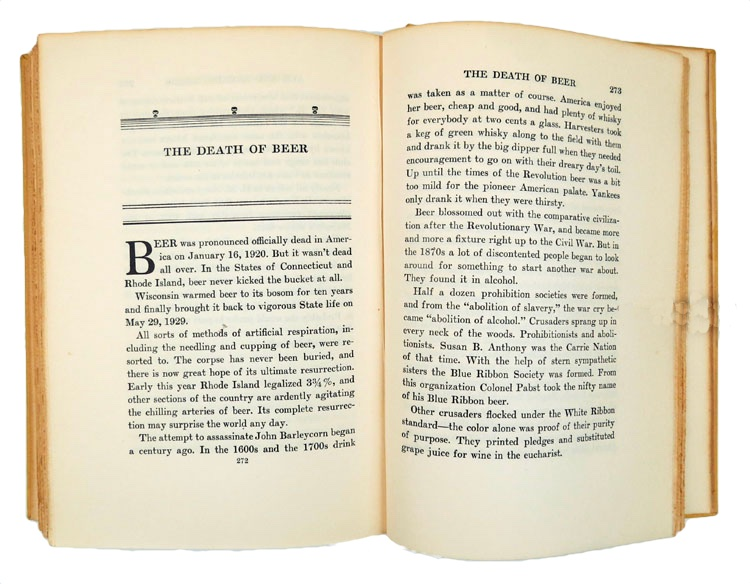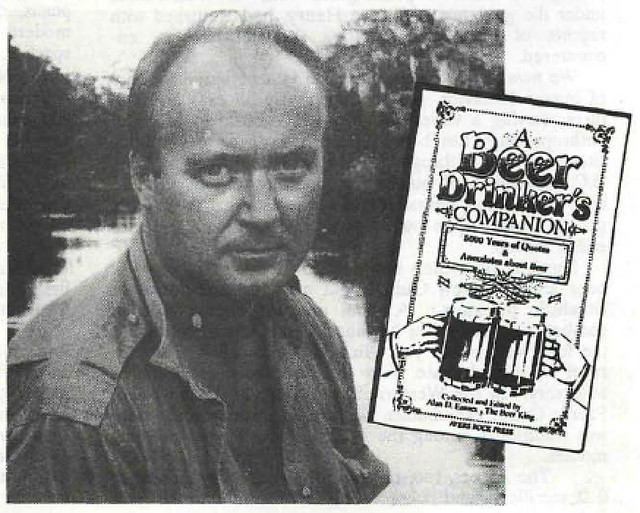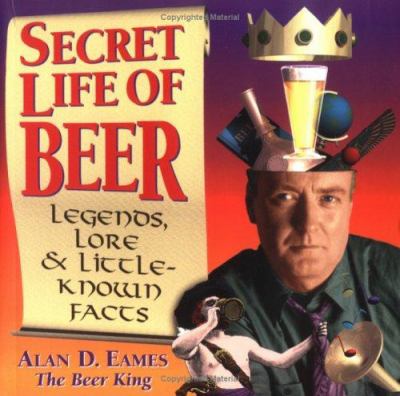
Today is the 68th birthday of Joris P. Pattyn, Belgian beer writer, blogger and judge who’s based in Antwerp. He’s also the co-author of 100 Belgian Beers to Try Before You Die! and LambicLand / LambikLand. I’m not sure when exactly I met Joris, but it was undoubtedly online first, before I started seeing him during judging of the Brussels Beer Challenge more recently, although it’s also possible we crossed paths at GABF. At any rate, he’s a fun person to share a beer with. Join me in wishing Joris a very happy birthday.



[Purloined from the interwebs from 2009.]












